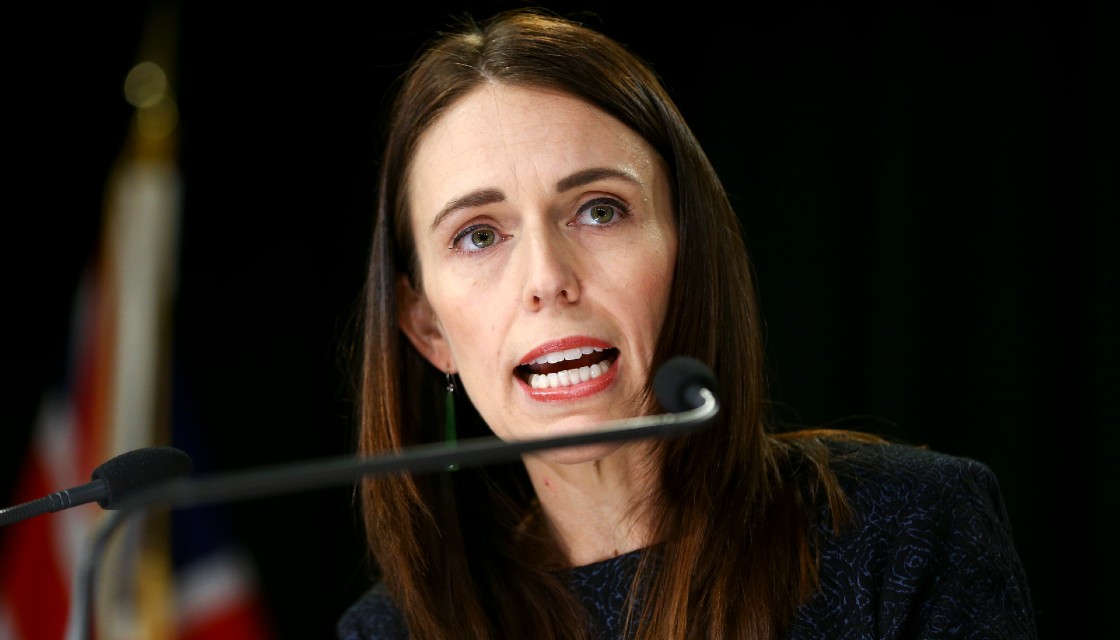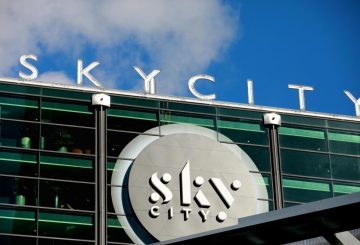大洋洲首届 Beyond COP21 研讨会旨在激励年轻人设想更可持续的未来。塔拉纳基的绿色学校欢迎来自全国各地的150名初中和高中生参加与《巴黎气候协定》和联合国可持续发展目标相关的讨论、研讨会和演讲。
Education in Motion可持续发展和全球公民负责人达西·伦恩表示,该活动旨在促进人们对改善现状的承诺。他对年轻人将想法转化为积极的全球影响力的能力表示钦佩。
伦恩希望年轻的与会者能够建立终身的人际网络。他强调说,该活动不是要立即制定一项改变世界的计划,而是要培养对社区进行变革持开放态度的决心。
Beyond COP21 研讨会于 2016 年首次在迪拜举行,此后一直在欧洲、亚洲、非洲以及北美和南美举行。绿色学校的演讲者包括绿党联合领导人克洛伊·斯沃布里克、印度尼西亚气候活动家梅拉蒂·维森和塔拉纳基自然韧性倡导者以及毛利人毛利人普纳穆·斯凯尔顿。
学生们对这次活动表示兴奋,许多人期待着研讨会以及有机会与志同道合的同龄人建立联系。他们还强调了在生命早期就开始考虑可持续发展的重要性,这样他们就可以随着年龄的增长采取行动。
斯特拉特福小学的环境协调员玛琳·刘易斯说,这次研讨会对她的学生来说是一个绝佳的机会。她认为,全球每个人都可以在应对气候变化和全球变暖方面有所作为。





























































